Yes, you heard it right, while you don’t necessarily need a guide to travel in Nepal. But opting for one can offer a safer, smoother, and overall better experience.
You Don't Need A Guide While Traveling In Nepal
Table of Contents
Travelling and trekking in Nepal presents a unique mix of challenges and rewards. On one side, having a guide ensures your safety, offers local insights, and makes navigation through tough terrains easier. On the flip side, experienced trekkers often enjoy the freedom and cost savings of travelling solo.
The peak season for trekking in Nepal is between September and November, which is when the demand for guides and permits is highest.
Recently, the Nepal Tourism Board introduced regulations requiring guides for restricted area treks like Nar Phu Valley Trek, Tsum Valley Trek, and Kanchenjunga Base Camp Trek. This rule was to improve the safety of travellers. Additionally, at a few designated trekking trails solo trekking itself has been banned.
However, some adventurers still choose to go without guides, sparking discussions on whether it’s necessary or just a matter of preference. After reading this blog you can make a wise decision about traveling in Nepal with or without a guide.
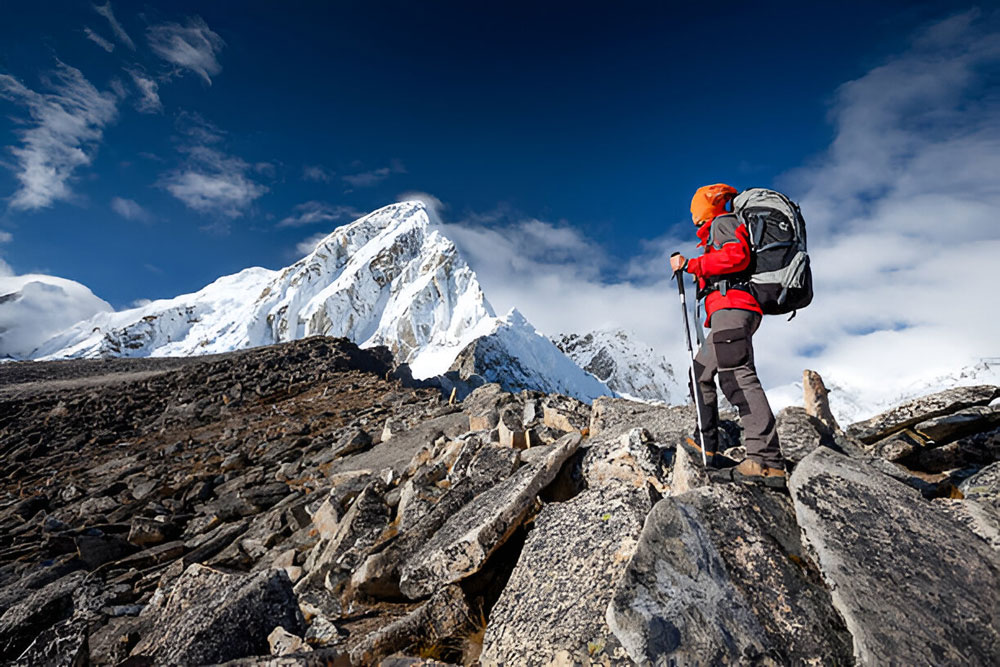
Travelling in Nepal
Nepal is a haven for adventure seekers, known for its peace and natural beauty.
You can explore it through trekking, hiking, jeep tours, and Luxury Helicopter tours in a variety of regions like the Everest Region, Annapurna Region, and the Langtang Region.
For shorter trips, a guide might not be essential. But whether you need one often depends on your experience and the journey’s toughness.
According to a new requirement published on April 1, 2023, by the Nepal Tourism Board (NTB), hiring a professional guide or porter could help you throughout your journey. This can ensure safety while visiting Nepal’s official national parks and protected areas.
Trekkers can obtain necessary permits, such as the TIMS card, from the Nepal Tourism Board offices located in Kathmandu and Pokhara.
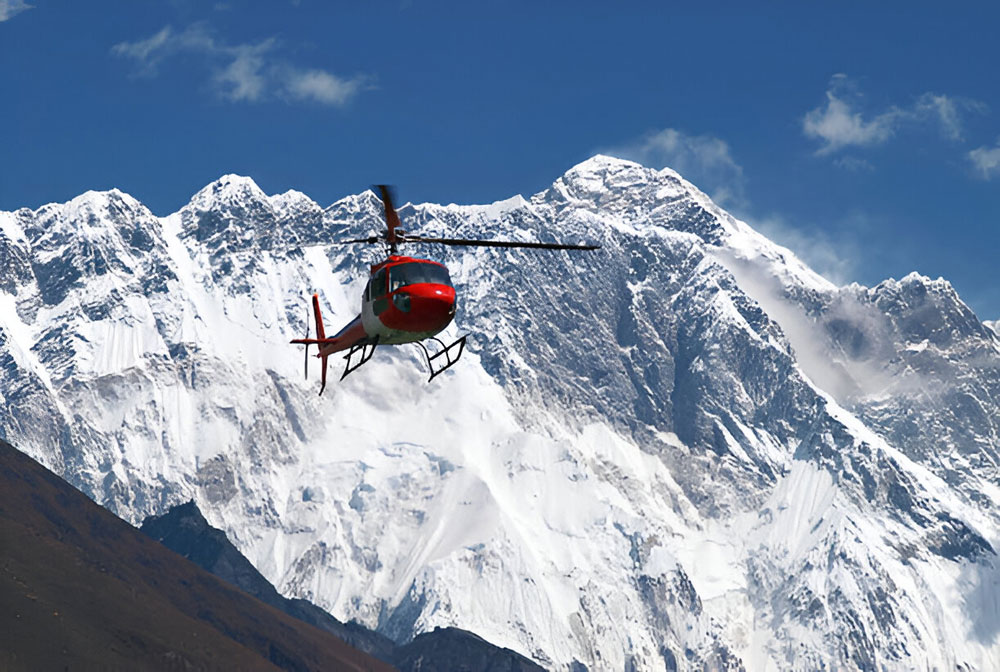
Solo Trekking in Nepal without a Guide
Trekking in Nepal offers a wide range of experiences tailored to different levels of difficulty and adventure. Yet there are some mandatory trekking rules you need to strictly follow.
From the National Park Permit to the Trekking Information Management System (TIMS card), the latest trekking rule ensures solo trekkers’ safety by trekking alongside trekking guides.
There have been many cases of high-altitude trekking deaths in recent times. Solo trekkers used to visit Nepal without consulting with a trekking agency or tour operator.
This did not give proper information to the solo traveller which led them not to acclimatize properly in designated trails. Thus, led to death. So, the tourism sector of Nepal ensured that many of the foreign trekkers needed to be accompanied by a licensed guide.
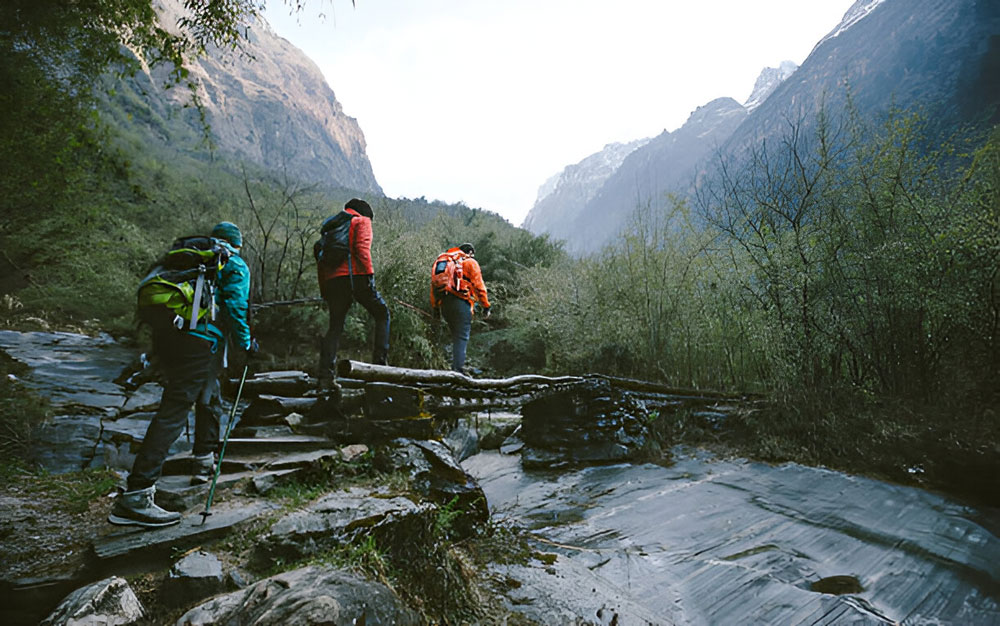
For those looking for an easy trail, the Annapurna Base Camp Trek is a great option. This trek takes about 5-7 days and provides stunning views of the Annapurna range without requiring extreme physical fitness. The trail is well-marked and offers comfortable teahouse accommodations, making it suitable for beginners and families.
High-altitude routes, like the Everest Three High Passes and Everest Two High Passes, present a much more challenging adventure. These treks traverse passes over 5,000 meters and require trekkers to be in excellent physical condition.
Acclimatization is crucial to avoid altitude sickness, and the rough terrain demands experience and a high fitness level. These treks reward adventurers with panoramic views of Everest and the surrounding peaks like Cho Oyu, and Makalu.
Restricted area treks, such as the Manaslu Circuit and Upper Mustang, require special permits like Restricted Area Permit (RAP), and hiring a professional guide is mandatory.
These permits and strict rules are essential to protect the unique cultures of the Tibetan Community in the Upper Mustang as well as the Manaslu region.
Also, check, Best Hike in Nepal
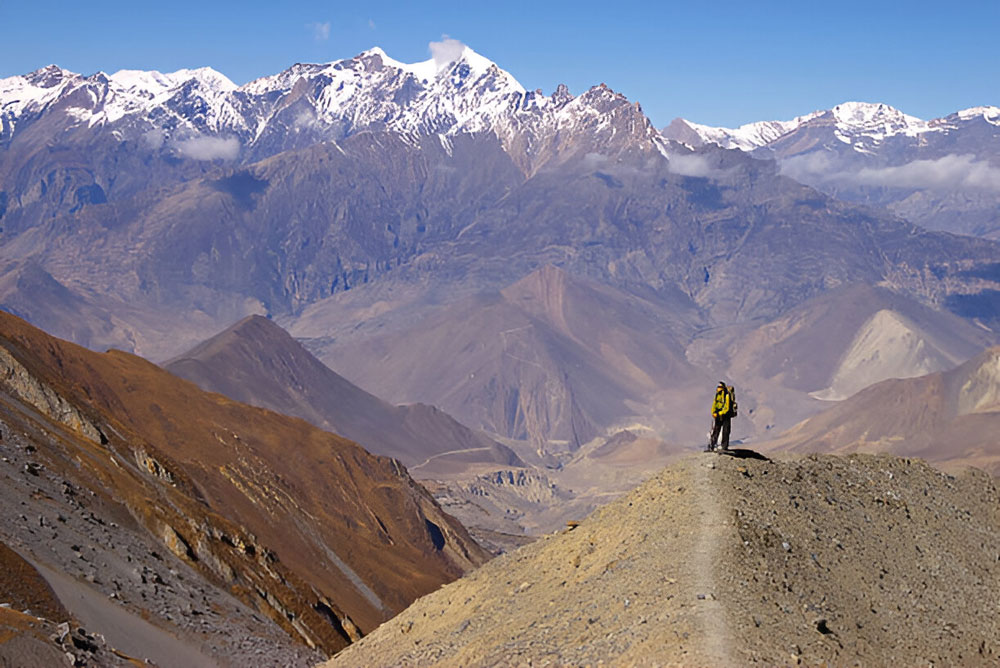
Similarly, the Makalu Base Camp trek is gaining popularity among trekkers seeking isolated and challenging routes. It also requires proper permits and adherence to safety measures.
According to the new requirement established on April 1, 2023, by the Nepal Tourism Board (NTB) and Trekking Agencies Association Nepal (TAAN) highlights that hiring a Nepal Government Licensed Trekking Guide is mandatory while visiting any restricted areas in Nepal.
Major Trekking Routes of Nepal where a trekking guide is required
Trekking in Nepal is tough as you soar higher to altitudes. Here are the major trekking routes in Nepal from famous to underrated ones:
Annapurna Circuit
.jpg)
This trek is a favourite among trekkers for its diverse landscapes. Being one of the best hiking trails in the world, the Annapurna circuit goes as high as 5,416 metres in Thorong La Pass. Passing through the beautiful Manang this trail is full of surprises.
While one can trek solo, having a guide is recommended for safety.
Everest Base Camp (EBC)
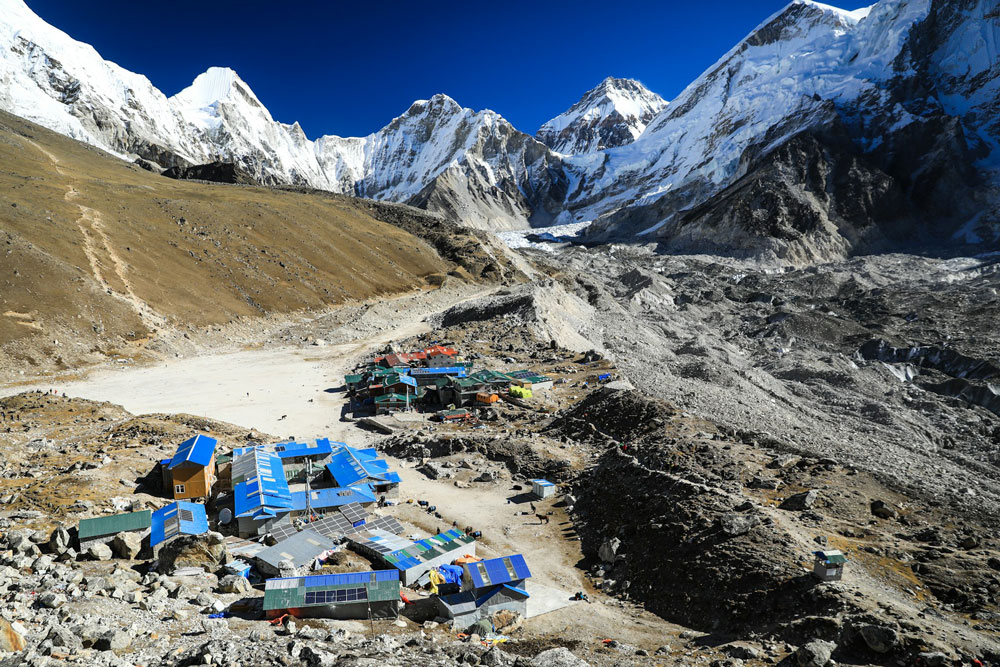
Everest Base Camp Trek is a high-altitude trek that offers breathtaking views of the highest peak Mount Everest, and other 8000ers like Lhotse, Makalu, and Nuptse. Additionally, it is one of the most commercial treks in Nepal. Until Namche Bazaar the trail is fine, too, yet is rugged ahead.
The crowd is available almost throughout the year. Thus the trekkers feel like they are ok to hike alone here. But high altitude is always the issue.
Despite many trekkers having started going solo, having licensed guides is recommended.
Also check, Walking to Everest Base Camp Guide
Manaslu Circuit (Restricted Area Permit Required)
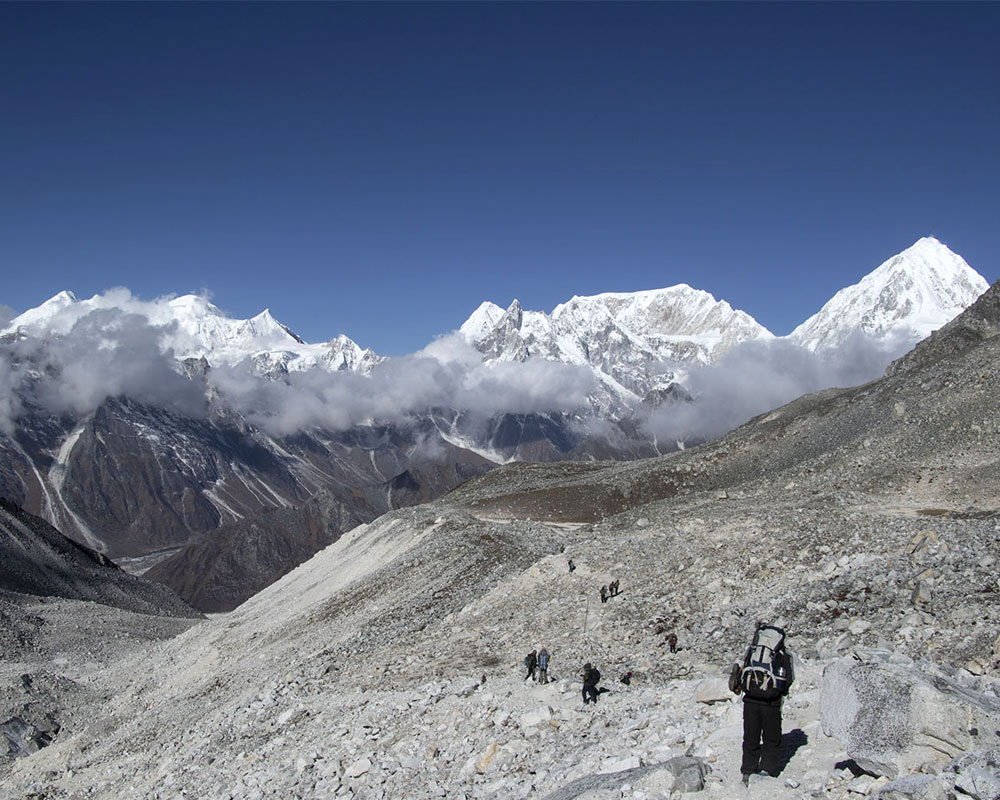
As located in a remote area of Nepal and to preserve natural and cultural heritage, the Manaslu region is considered a restricted area in Nepal. The Manaslu Conservation Area is a protected area by the Nepal government and requires regulations and special permits for trekkers in this place.
Trekking to this kind of restricted destination could be riskier than we think. Manaslu Circuit thus, demands special permits and a professional registered guide.
Manaslu Tsum Valley Trek
The local people of Tsum Valley mostly originated from Tibet, as the place is located on the border of it. Because of the open border with Tibet, the Tsum Valley is considered a restricted area in Nepal.
As an open border area, operating a rescue mission after any casualty could be tricky. People living in that area have no idea about the rescue so, hiring a professional guide is recommended.
Upper Mustang
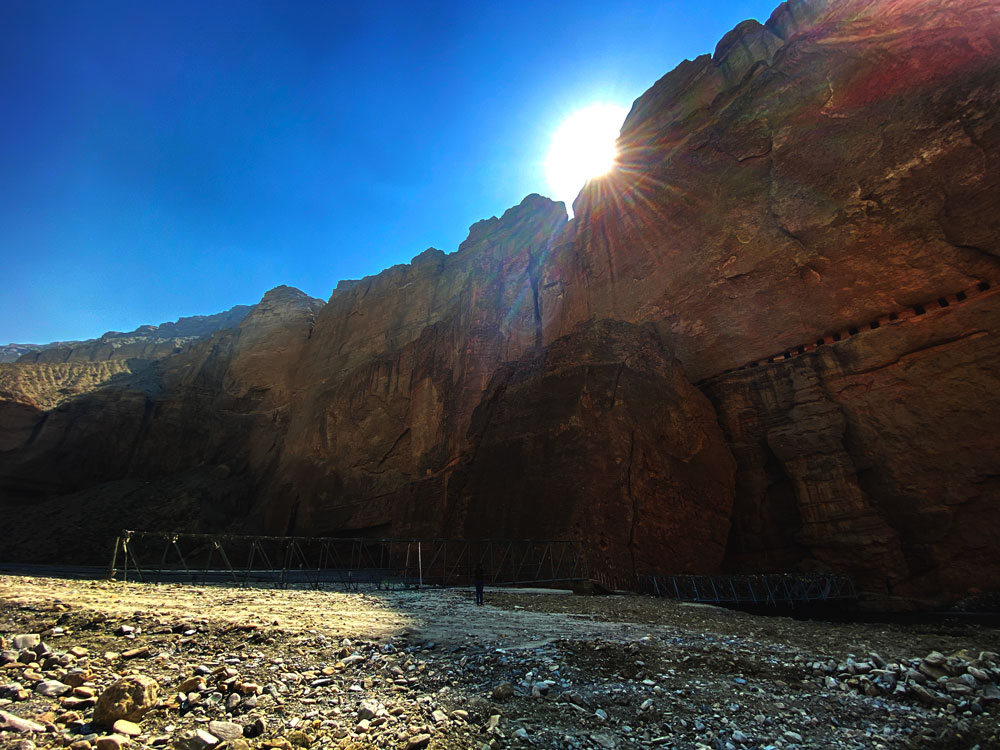
Because of the open border with Tibet China and its archaeological values, the Upper Mustang is considered a restricted area in Nepal. The place is rich in old Tibetian culture and raw Himalayan unspoiled nature. Similar to other restricted areas hiring a professional guide is mandatory.
Nar Phu Valley Trek
To explore the unique Nar Phu Valley, you must have a Restricted Area Permit (RAP). The valley is classified as a restricted area due to its proximity to the Tibetian border.
While visiting Nar Phu Valley, you must hire a professional guide who can guide you through the trip.
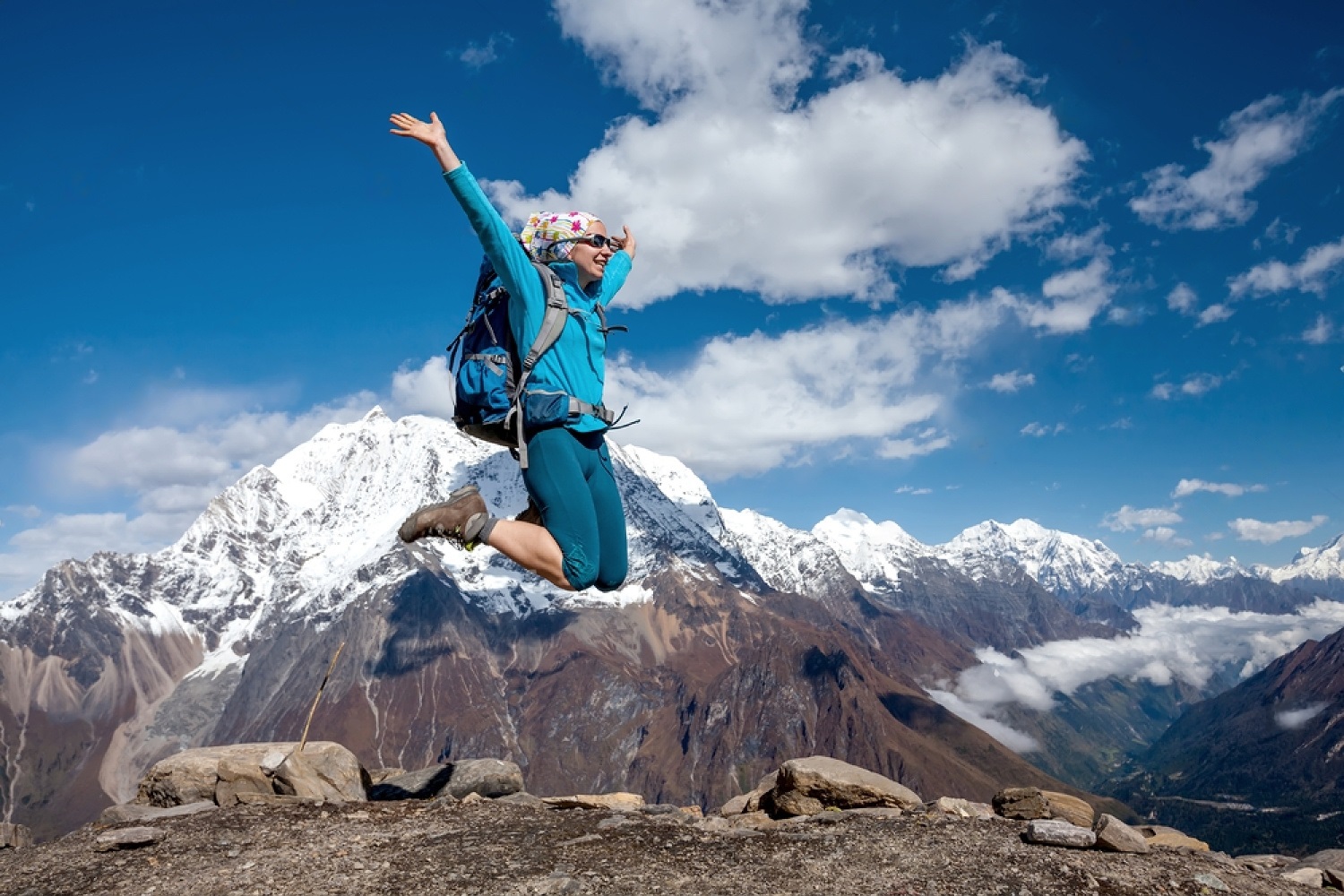
Why you don't need a guide while travelling in Nepal?
You don't need a guide for trekking in Nepal, only if you are familiar with high-altitude mountain ranges. For someone who has some experience in hiking and trekking, it is better not to take a guide. However, there are some places in Nepal where your expertise will not be enough.
For places like Manaslu Circuit, Tsum Valley, Upper Mustang, and Nar Phu Valley, it's really hard to get rescued if any casualty occurs. These places are considered restricted areas because of the open border with Tibet.
So, if you are looking for a better and safer experience in Nepal, you better get in touch with the experts who have decades of experience in this field.
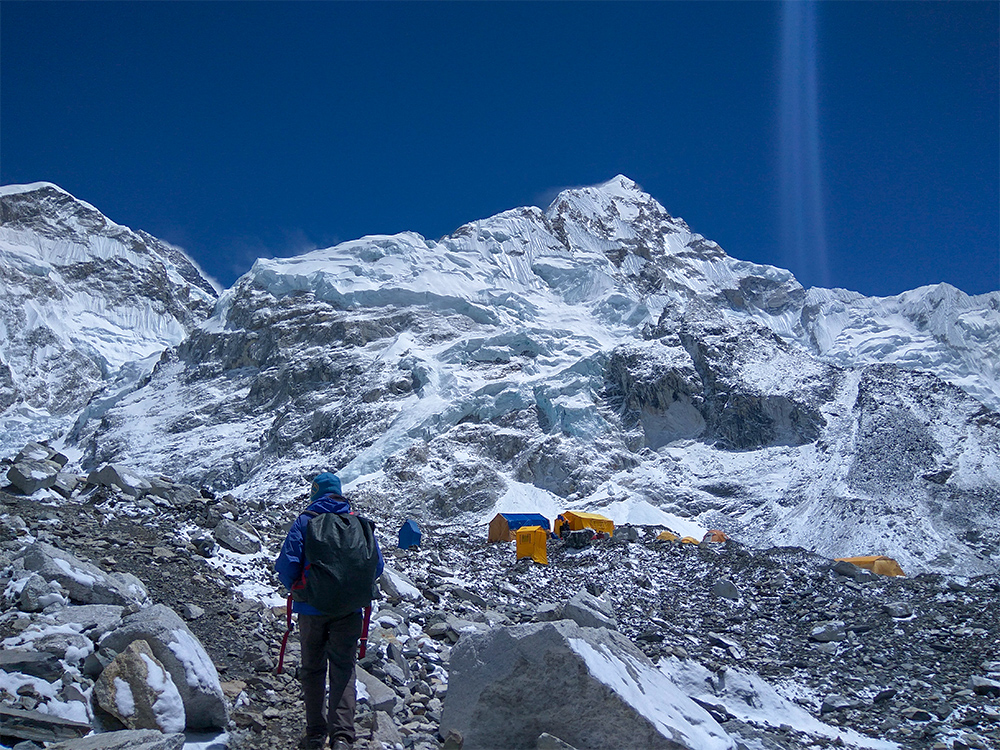
Benefits of hiring a guide
Hiring a guide offers numerous benefits. Guides provide local insights, ensuring trekkers don’t miss key cultural and natural highlights.
They assist with navigation, reducing the risk of getting lost. Your guide will also manage logistics like itineraries, accommodations, and permits, making the journey smoother.
Furthermore, hiring guides support local employment opportunities, contributing to the local economy. Guides play a crucial role in emergencies, offering immediate assistance and knowledge of rescue operations.
Conclusion
While you don't need a guide for every trek in Nepal. Their expertise can significantly enhance your trekking experience, ensuring safety and enriching your journey.
Hiring experienced guides from Himalayan Scenery Treks and Expedition, which is one of the best trekking companies, can provide a more enjoyable and secure adventure in Nepal's breathtaking landscapes.

